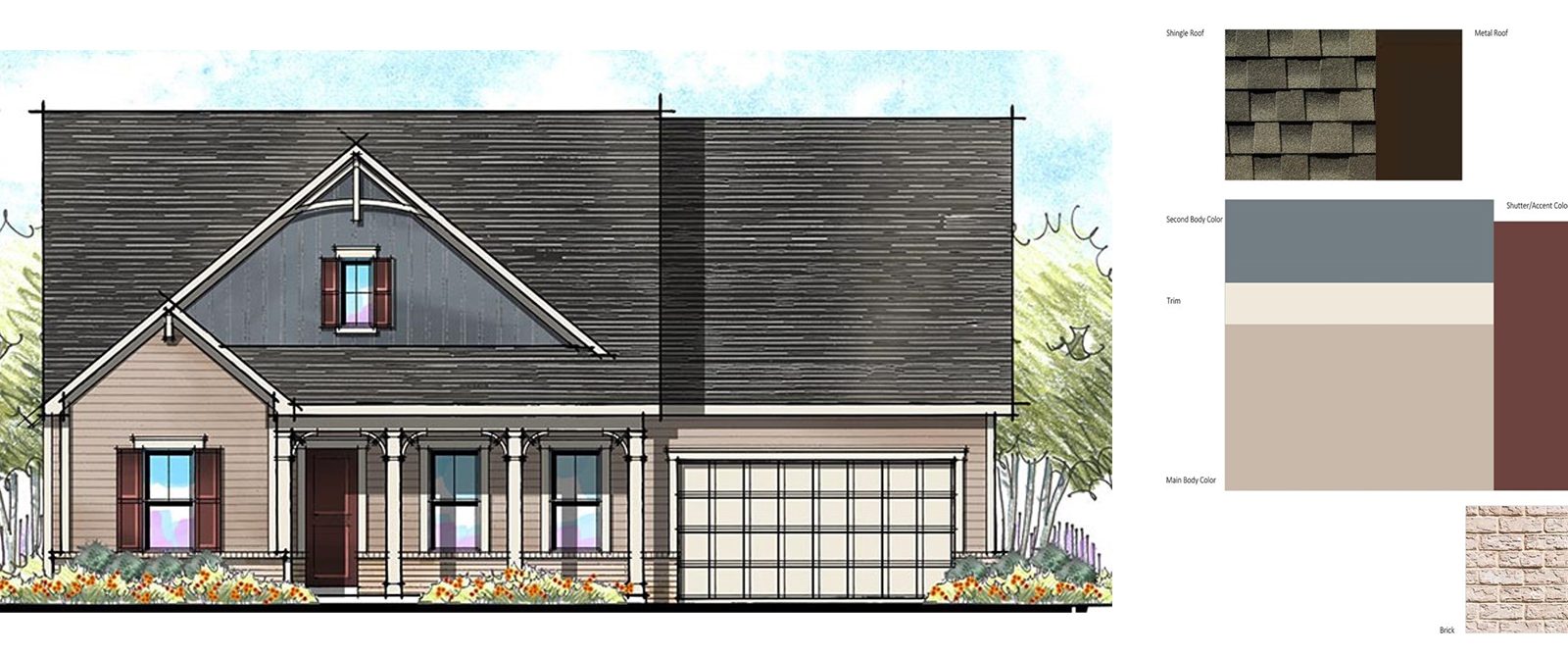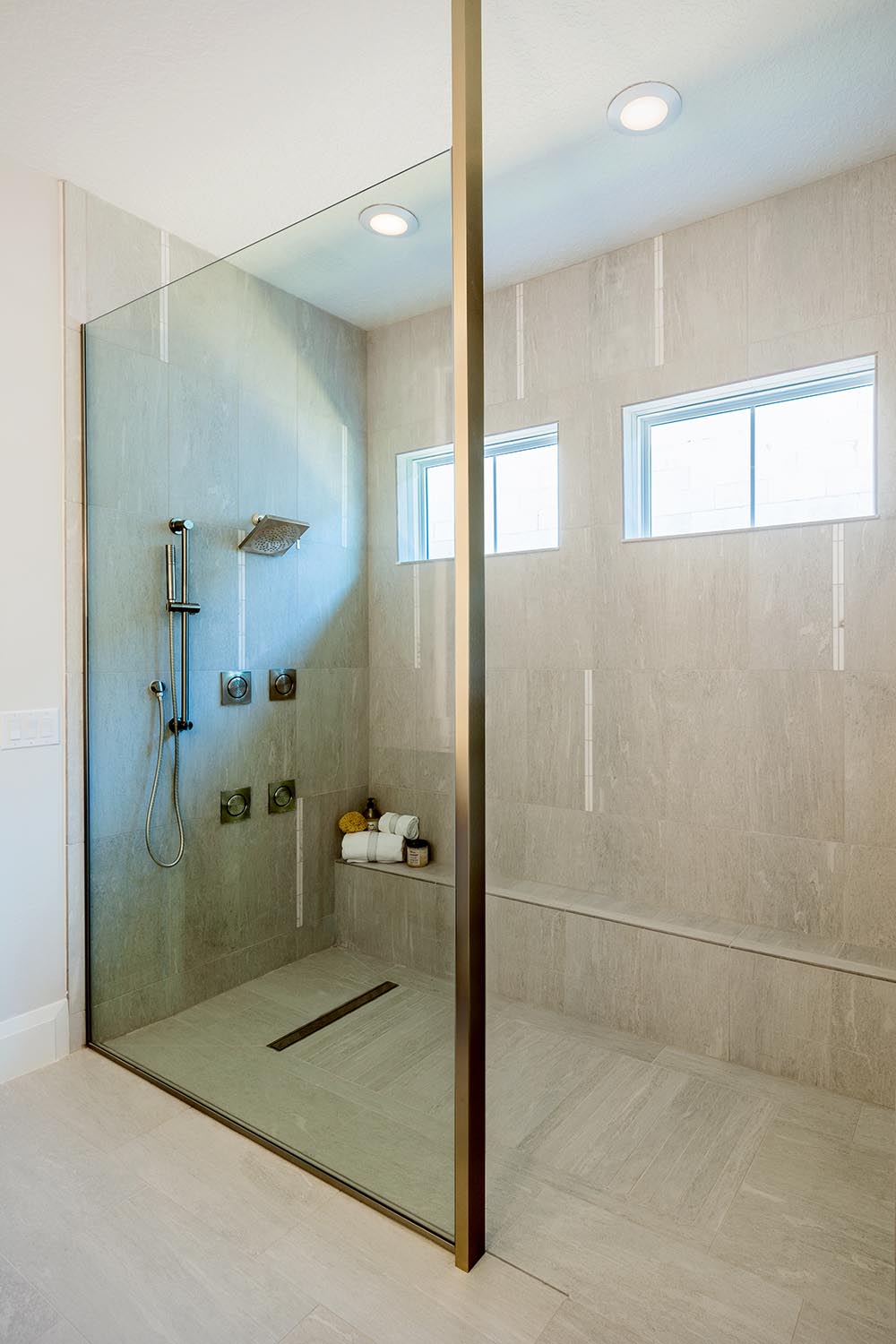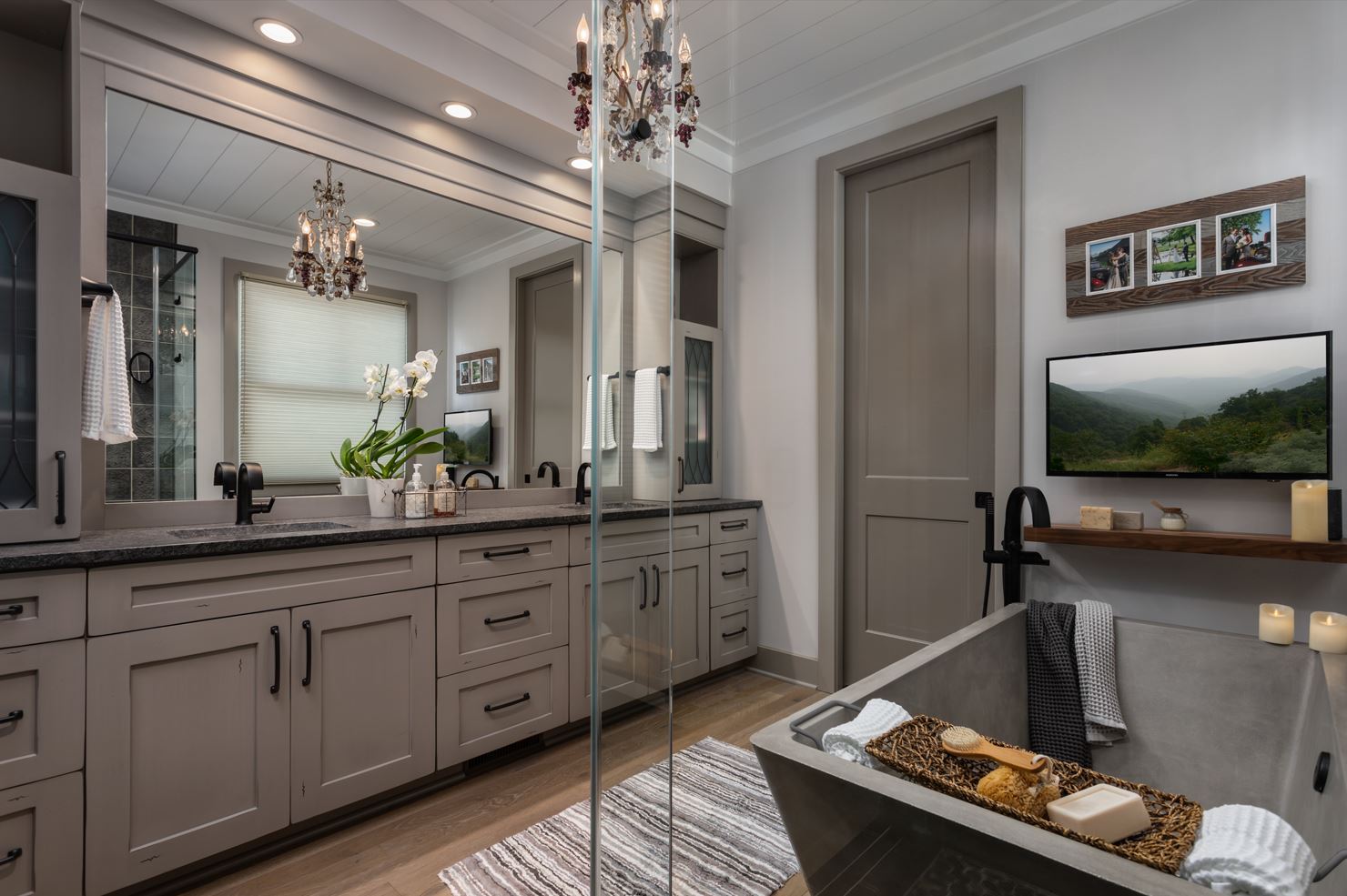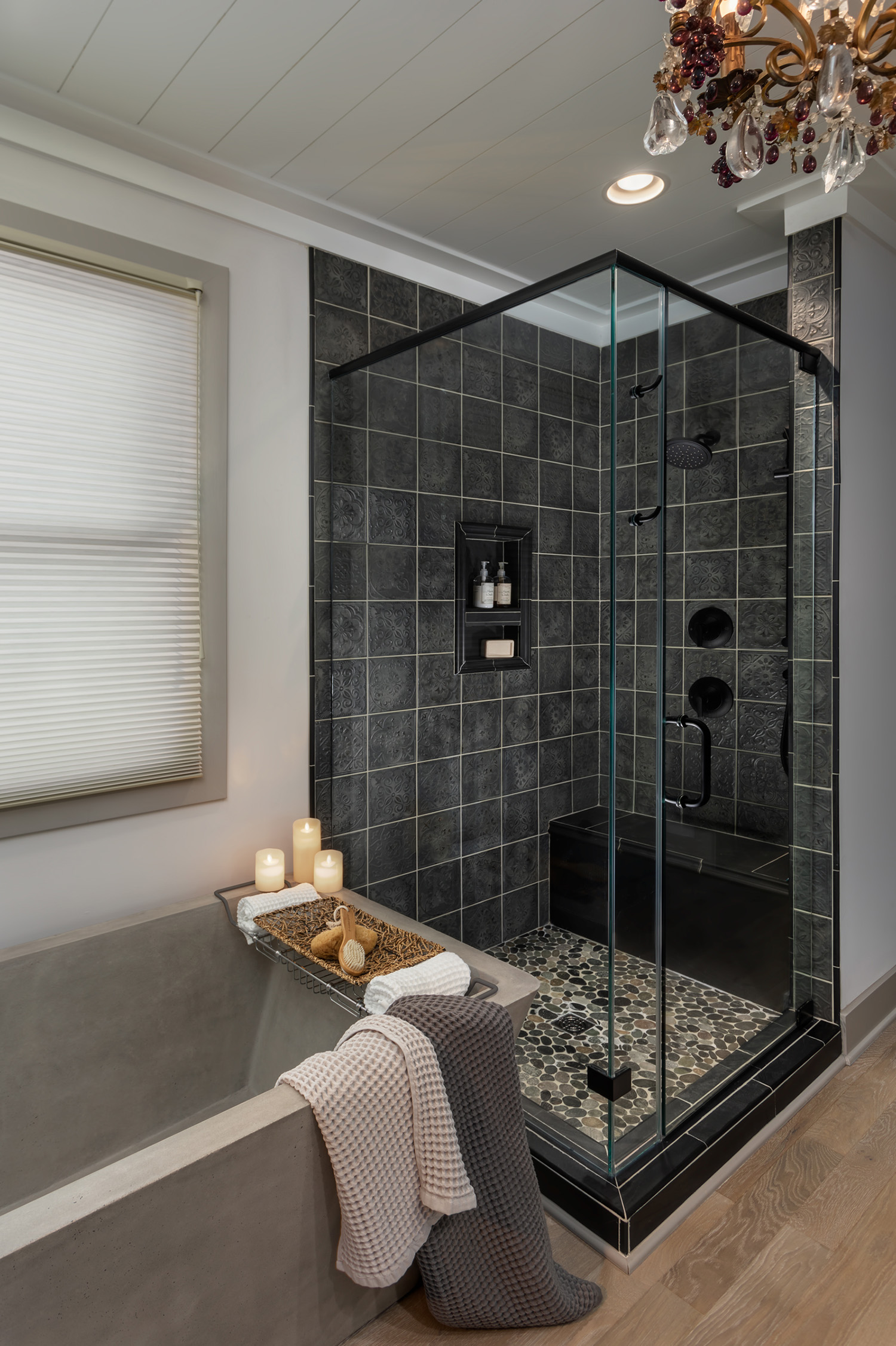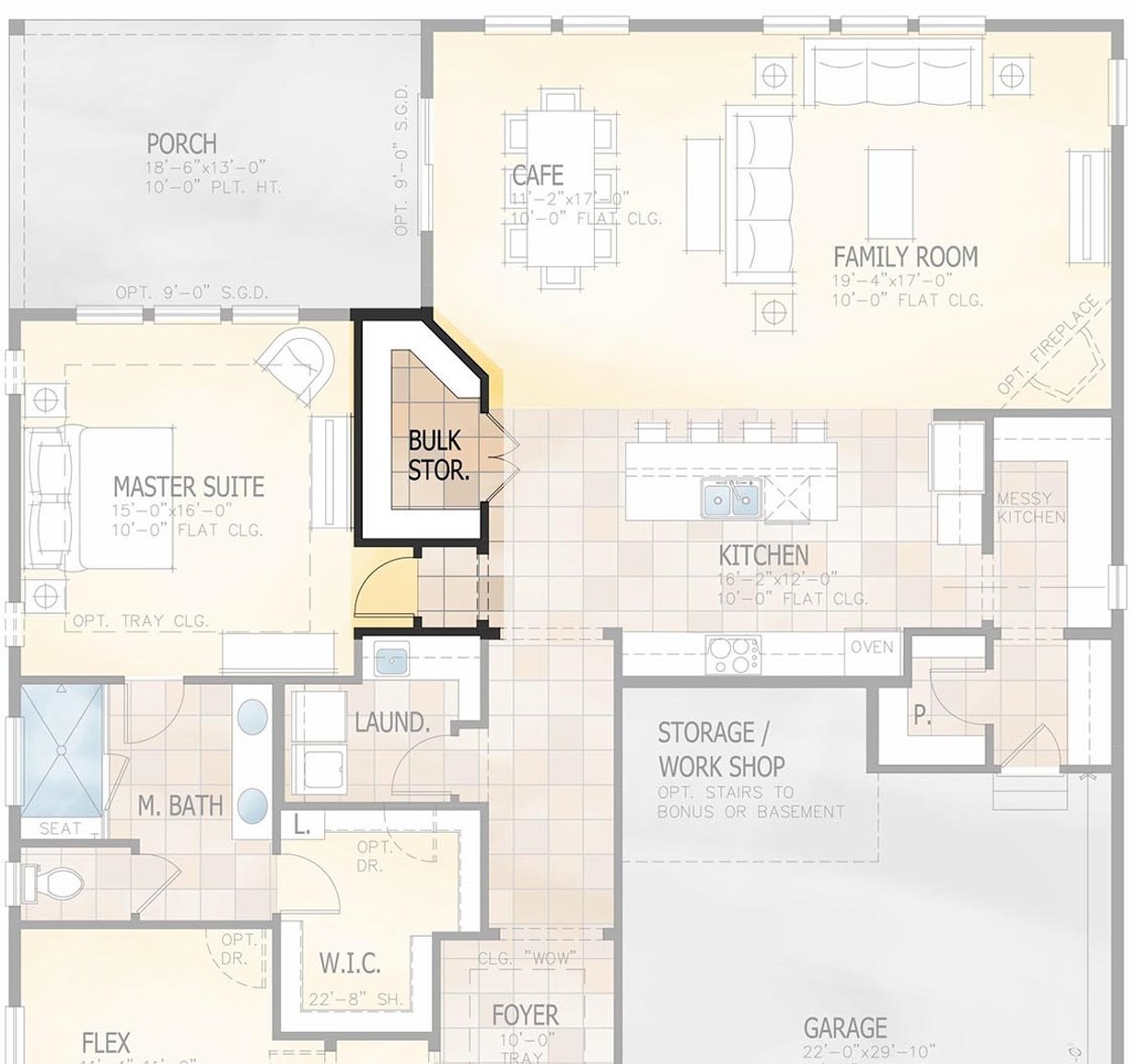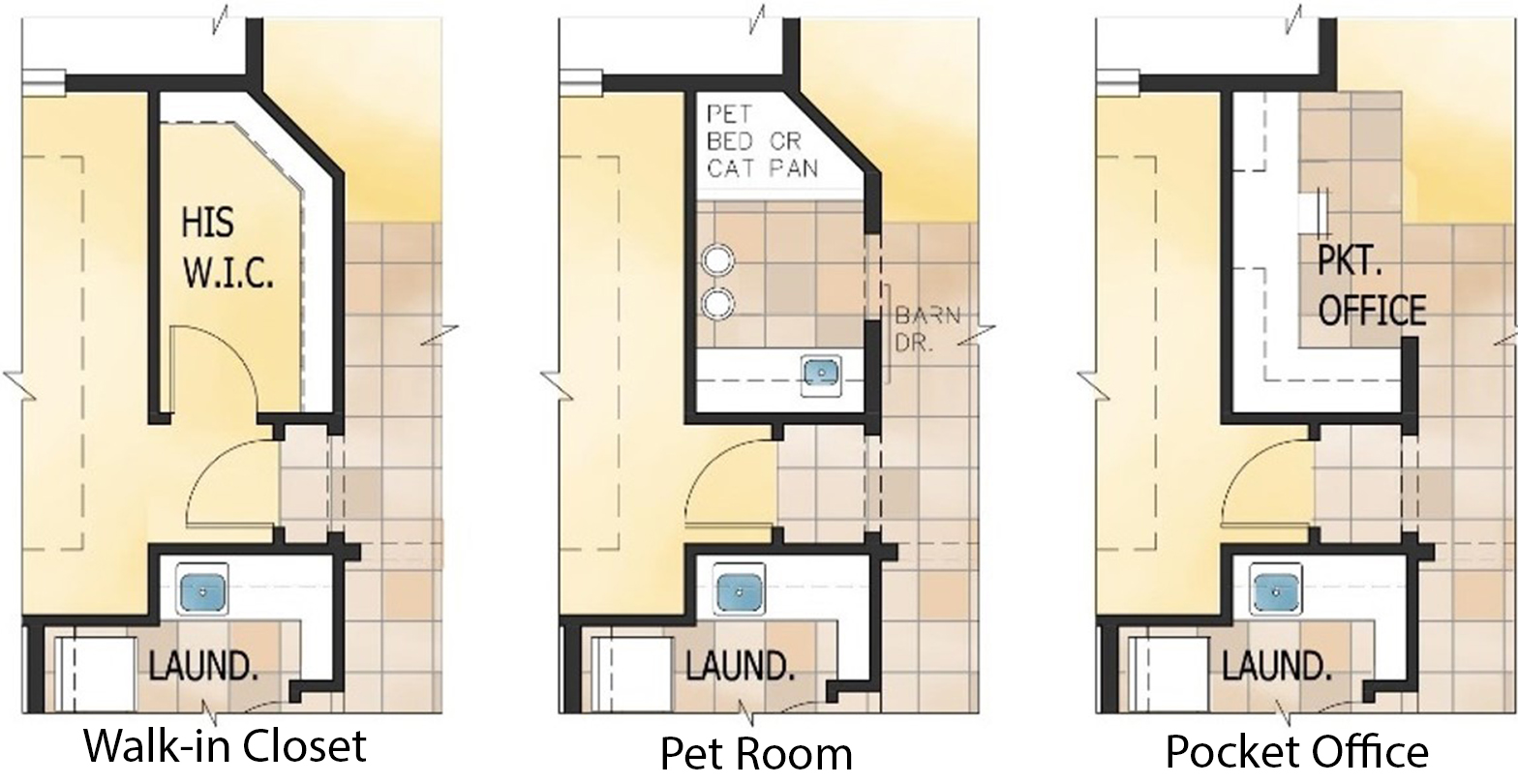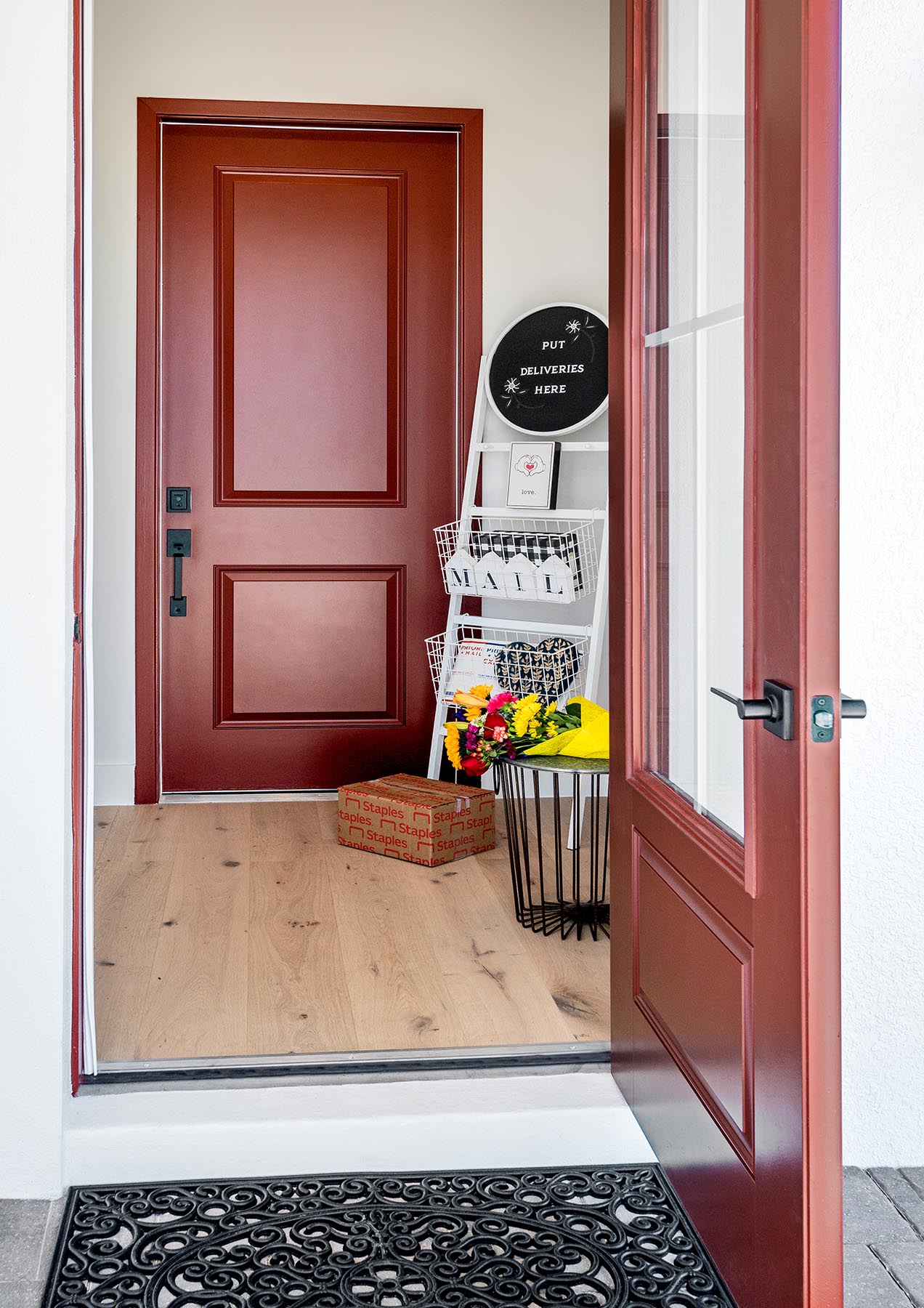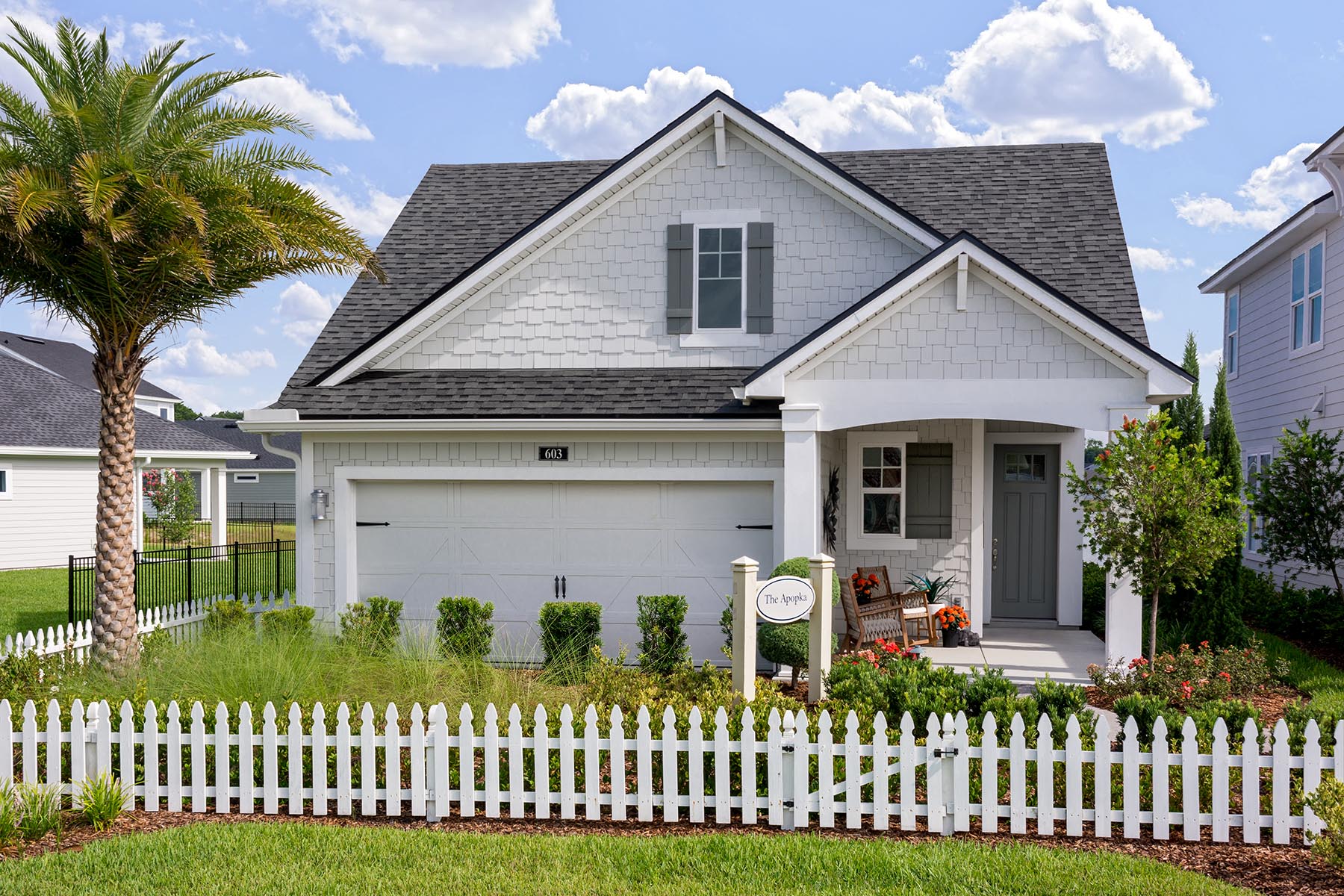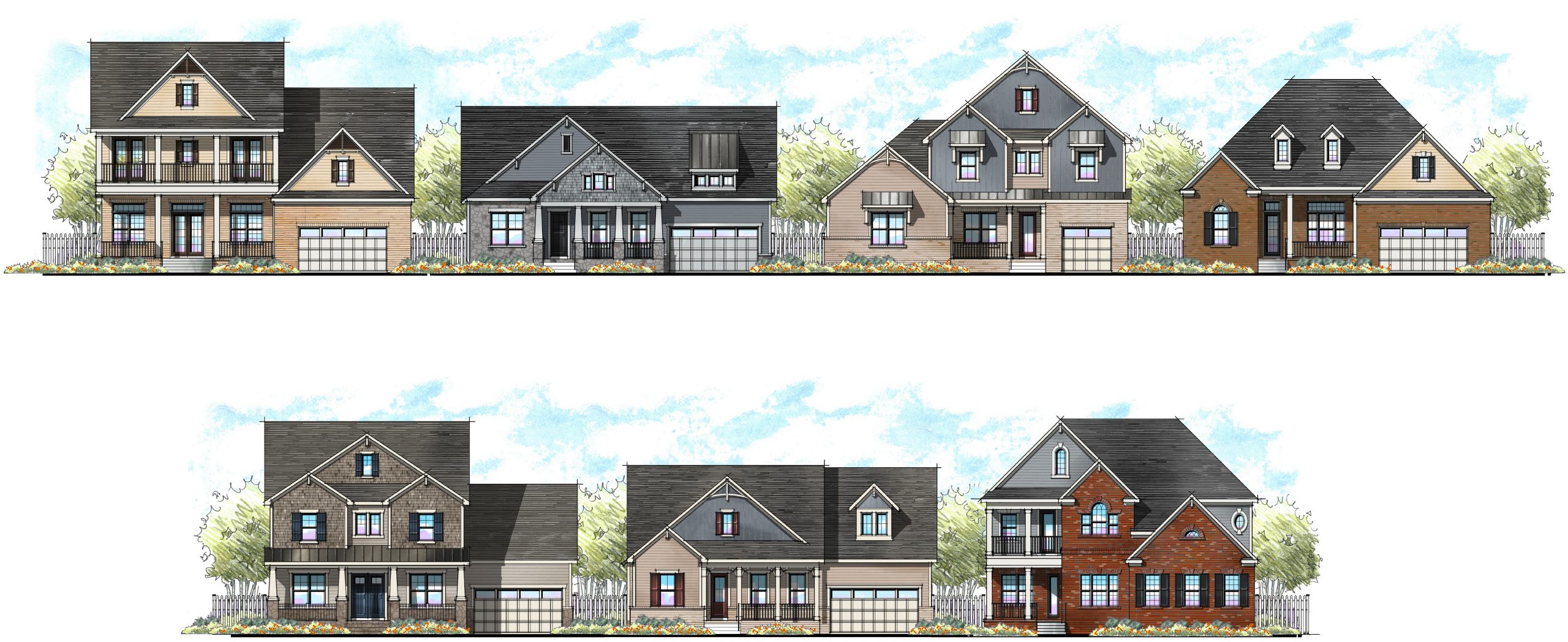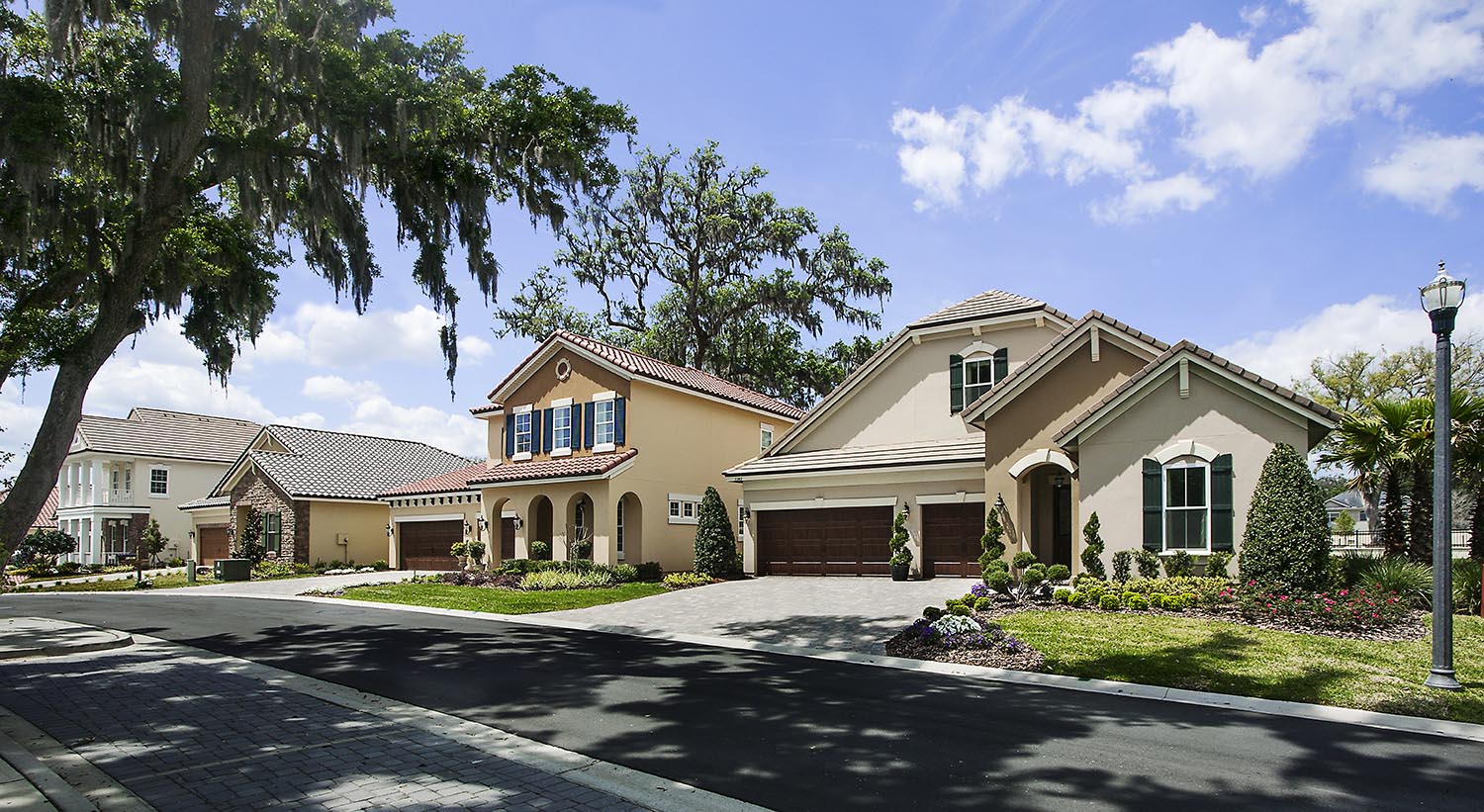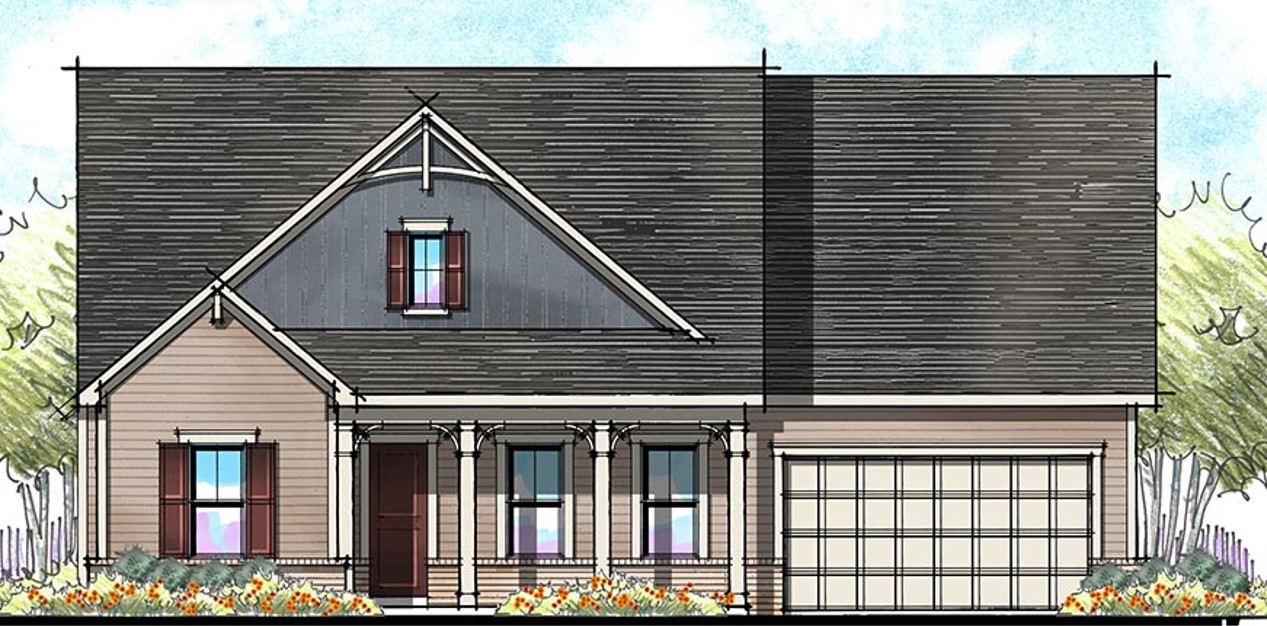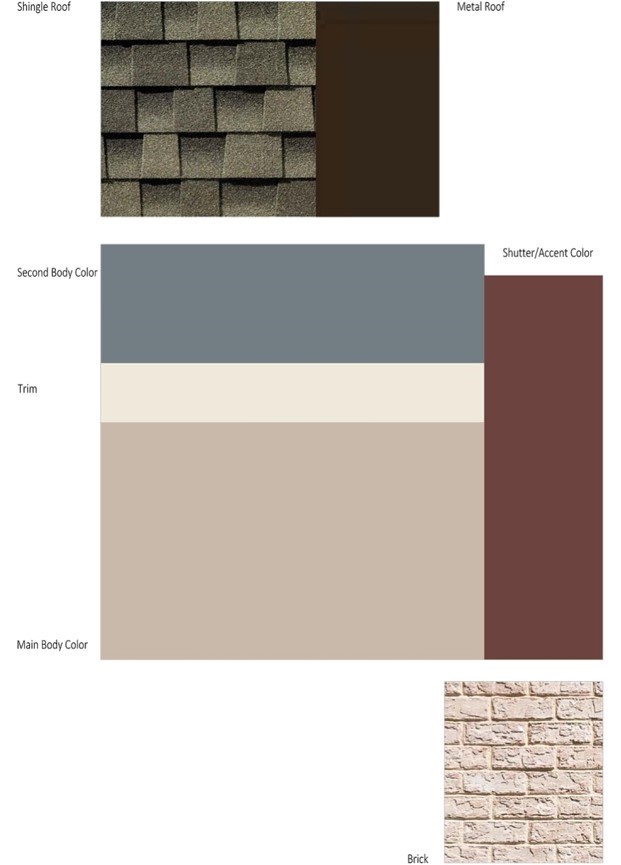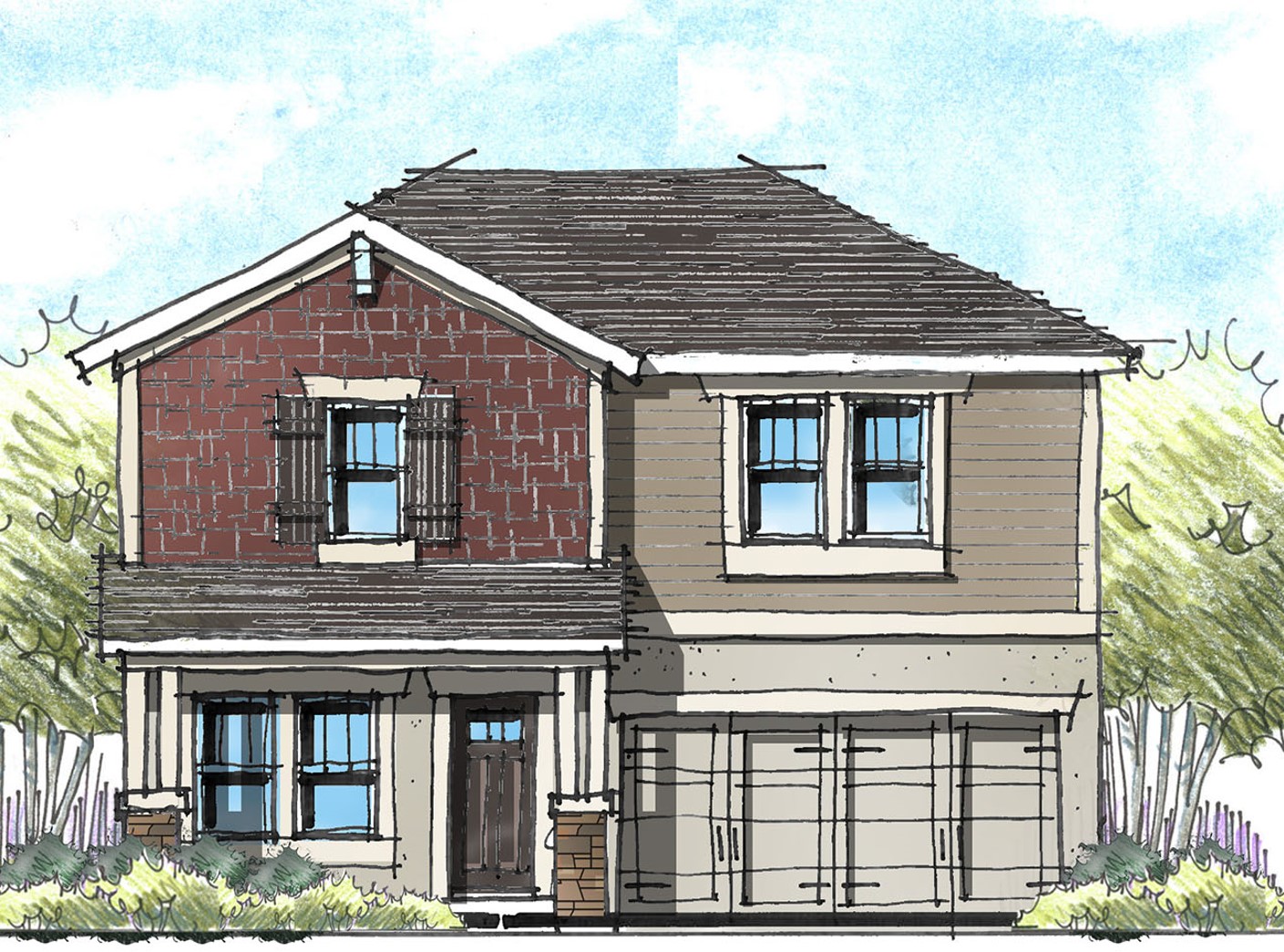Last week, we covered the first four of eight trends for turbulent times. If you missed it, you could find a link to it here.
As we said last week, the housing market is filled with “humbling uncertainty.” Design trends may be the last thing on your mind if you’re worried about selling inventory houses. But now is the perfect time for the product development team to look at your plans. More than ever, they need to be current, compelling, and cost-effective.
Here’s the entire list but we’re focusing on the last four.
1. Open Floor Plans that Work!
2. The Convenience Factors
3. New Necessities
4. Staycation-Worthy
5. Spa-Like Baths
6. Customize
7. Compelling Streetscapes
8. Cost Effective Design Never Goes Out of Style
Spa-Like Baths
I know, who hasn’t heard the term “spa-like baths” before? What does that actually mean? Creating a relaxing and rejuvenating bathroom takes more than double vanities, a fancy bathrobe, and a specialty “spa” fragrance. The question is, can you create a spa-like experience at any price range?
For me, it starts with the shower because we use it daily. Don’t compromise the shower by trying to add a tub. Instead, go big on the shower. Start with a frameless enclosure, then add a seat and a shampoo niche. With this approach, even a shower pan can be awesome.
If there’s room in the floor plan and the budget – you can add the bathtub. Freestanding tubs are popular because they look great and take up less room than a drop-in tub in sea of tile. If you really want to drive home that spa experience, consider adding a TV and/or fireplace for ultimate relaxation. Finish it off with candles and a chandelier.
The finishing touches for a spa bath might include a pebble floor in the shower along with heated floors and towel bars. I used to think heated bathroom floors were only needed up north, but tile floors get cold in the summer when the ac is blasting. Stepping out of the shower on a warm floor is heavenly.
Customization
Let’s face it – Starbucks has enabled us to be totally demanding with our custom drinks. Yes, a house is far more complex and expensive than a cup of coffee, but Starbucks’ customization attitude has permeated our society. The key is adding opportunities for customization to your floor plans without becoming a custom builder.
One technique is to take an area of your floor plan – say a 5’ by 8’ space – and see what options you can create. Arm your sales team with pre-priced drop-in options. It could start out as bulk storage – or it can become a powder bath, a walk-in closet, a pet room, or a pocket office (add doors to make it a zoom room).
Another opportunity for customization is the Parcel Delivery Vestibule we talked about in the previous blog.
Compelling Streetscapes
Curb appeal has always been important and that is true especially now. A cute house can evoke the emotional response that leads to a quicker sale! I like a pedestrian-friendly approach with the house-forward and garage-back. Add a porch to make the house more friendly and inviting. Be sure to make the porch usable. Even a 30’ wide house can have a charming and usable front porch.
Next, consider a variety of exterior styles for the community. I recommend four or five styles – even if you’re only offering three of those styles per house. Expand your thought process to encompass the entire streetscape and not just one house. Select styles that are regionally appropriate – including roof pitch.
Then add a diversity of textures and materials. I recommend a maximum of three materials on each house. But here’s the question – can you vary the three materials from house to house enough? (That’s what we’re here for!)
Lastly, reinforce the exterior style with style-specific color selections. Color is perhaps the most cost-effective way to add diversity to your streetscape so don’t settle for Builder Beige or Farmhouse White. Then use two body colors instead of one to further animate the exterior.
Cost-Effective Construction
I like to say this approach never goes out of style – but in the last two years, some may have become less focused on this. Rising construction costs and interest rates have brought cost-effectiveness back to the forefront with a vengeance.
Being cost-effective is a discipline that starts early in the design process and cannot be accomplished after the fact by your purchasing department. A methodical approach means keeping your building envelope simple. This will save on your foundation and roof costs.
Another way to save on costs is to avoid the beam – especially over the garage. It is possible to have a two-story face over your garage without sacrificing curb appeal – especially if the garage sits back even just two feet. Use roof lines, porches, materials, and colors to lead the eye to the front door and away from the garages.
Put simply, being cost-effective should mean eliminating what buyers don’t value (ie: a 20’ long beam) and adding what they do value (an awesome kitchen).
The Challenge
As we charge ahead during these turbulent times, are you shifting strategies to continue delivering houses that are both compelling and cost-effective? Give us a call – we’ll make it happen!
Categorized in: Uncategorized
This post was written by Housing Design Matters


